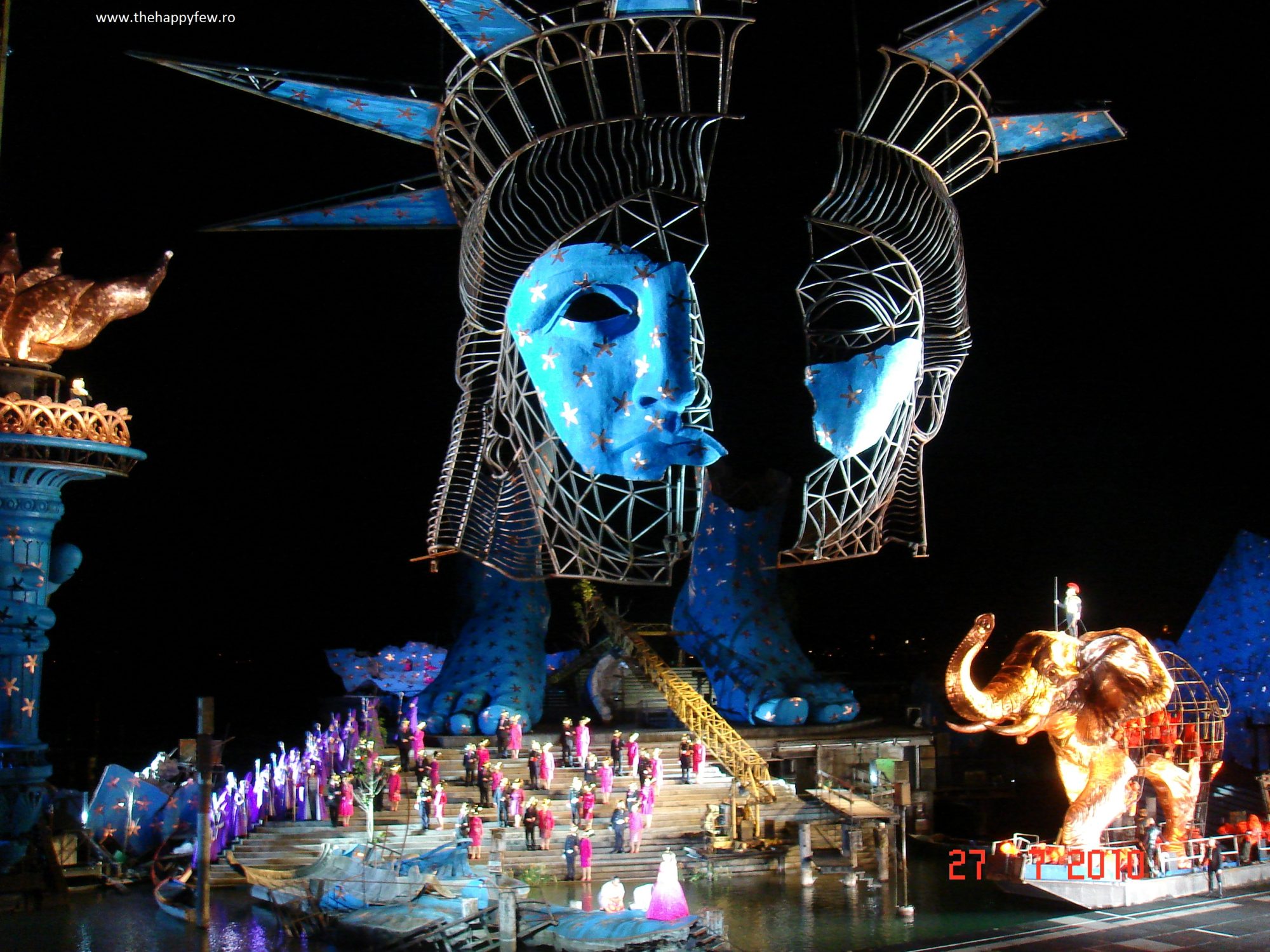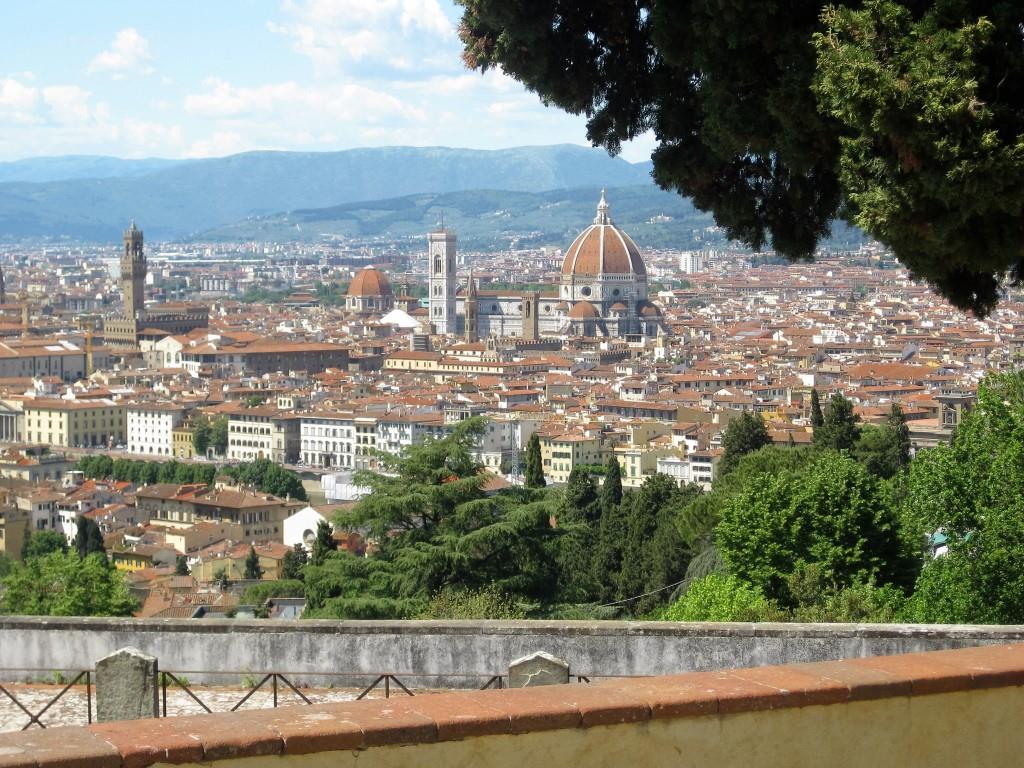
Is it a castle or an island? Is that the desert or the sea? Is it Bretagne or Normandie? Each day, this castle becomes an island, then the sea withdraws to leave treacherous sands behind. Meanwhile, a whimsical little river draws the border between the two realms, making Mont St. Michel part of Normandy.
The mountain has always been a place of awe; beautiful and inaccessible, it caused many to perish at the mercy of tides. And as it happens with so many places of awe and beauty, it has always been a site of worship. In the early days of Christianity, monks were using Mount Tomb – that was the first name of the island – as a sanctuary. It was in 708 that Saint Michael appeared to the bishop of Avranches, commending to build an abbey on top of that mountain. The abbey was consecrated in Saint Michael’s name, and since anno domini 708, Christians continue their pilgrimage to the holy mountain, searching for absolution from the mighty archangel who defeated Satan.
The abbey that we see today is the result of centuries of enduring works, fierce sieges and architectural wonders; but the mountain is much more than that: it is a fortress, a village and an island like no other on Earth.



The tides
This region between Saint Malo and Mont Saint-Michel Bay sees the highest tides in Europe. Hundreds and thousands of years ago, Mont Saint-Michel was simply an island. A pastoral river called Couesnon meandered through the fertile plain and flowed into the bay, just a step to the left of the mountain. When regional borders were drawn, they used the river as a separating mark: everything left of the river was Bretagne and everything right of the river was Normandie. This allocated Mont Saint-Michel to Normandie, which added to the rivalry between the two regions. Each time the old rivalry flares up, an old rhyme settles the matter: “Le Couesnon en sa folie a mis le Mont en Normandie” / The Couesnon in his folly, has thrown the Mountain in Normandy.
The micro-climate of the bay is quite unique; I wrote here about the pré salé, the mussels and the lamb that are grown here are simply to die for. Still, the centuries of agriculture, tourism and the works to master the river and prevent over-flooding of pastures have taken their toll on the waters. In time, the land advanced and the sea became shallow. Yes, the spectacle of wet sands at low tide is amazing: a still, magical mirror to reflect the beauty of the mountain. But science showed that, sooner rather than later, the land would have claimed it forever.

Saving the island
IIn 2002, the Projet Mont Saint-Michel was set in motion. It aimed to restore Mont Saint-Michel’s maritime character and, with the aid of science, revolutionise the area so that millions of tourists could still visit without harming the wonder. When I first visited in 2010, there was a causeway leading straight across the bay, and you could park your car right at the foot of the mountain. It often happened that cars parked outside the safe zone were carried away by the growing tide. I even managed to find a spot right below the walls – little did I know that was to be a first and last privilege. By the time of my next visit four years later, everything had changed.

The project completed, it allows the river to run more freely into the sea and the sea to more easily surround the mountain at high tide. A tourist welcoming complex was built 2.5 kilometers away, where you leave the car in a huge park and continue your visit by authorised shuttle, or by foot. The former causeway is replaced by a gorgeous pedestrian bridge where you can safely witness the comings and goings of the tides in what is a unique, breathtaking experience. More on when and how to visit here.





